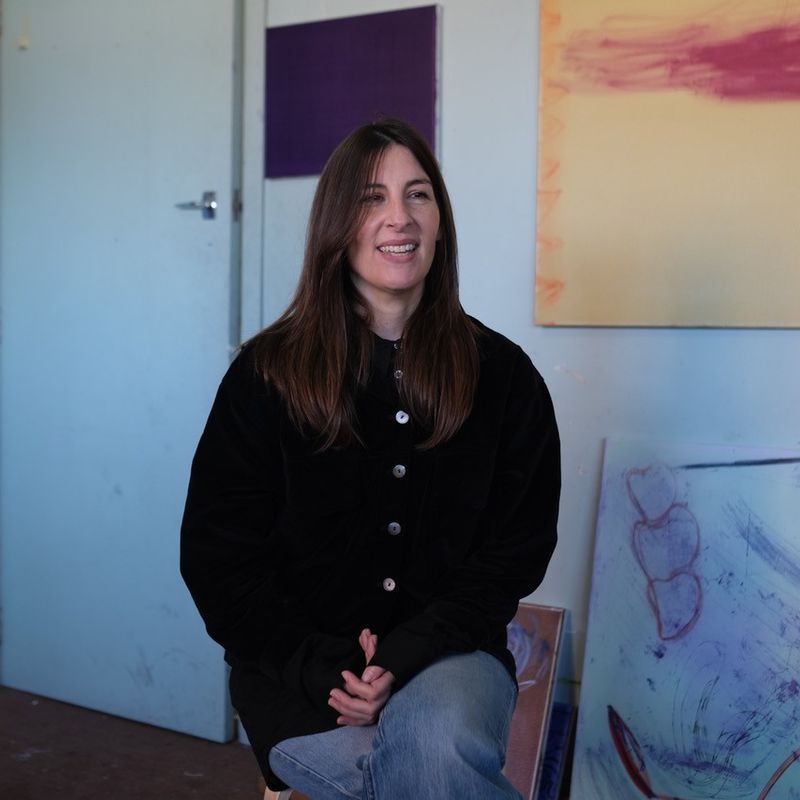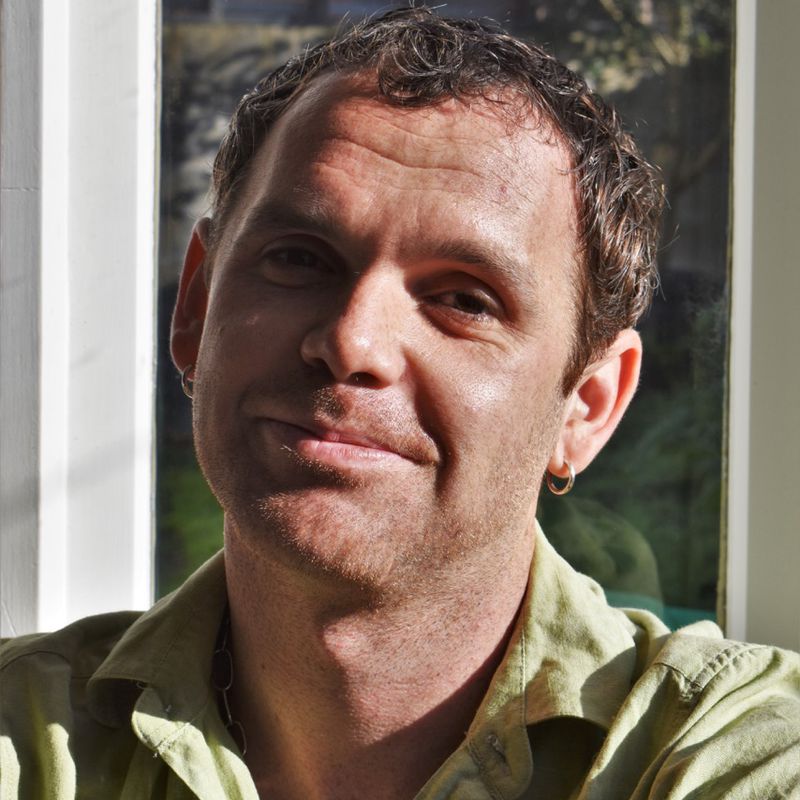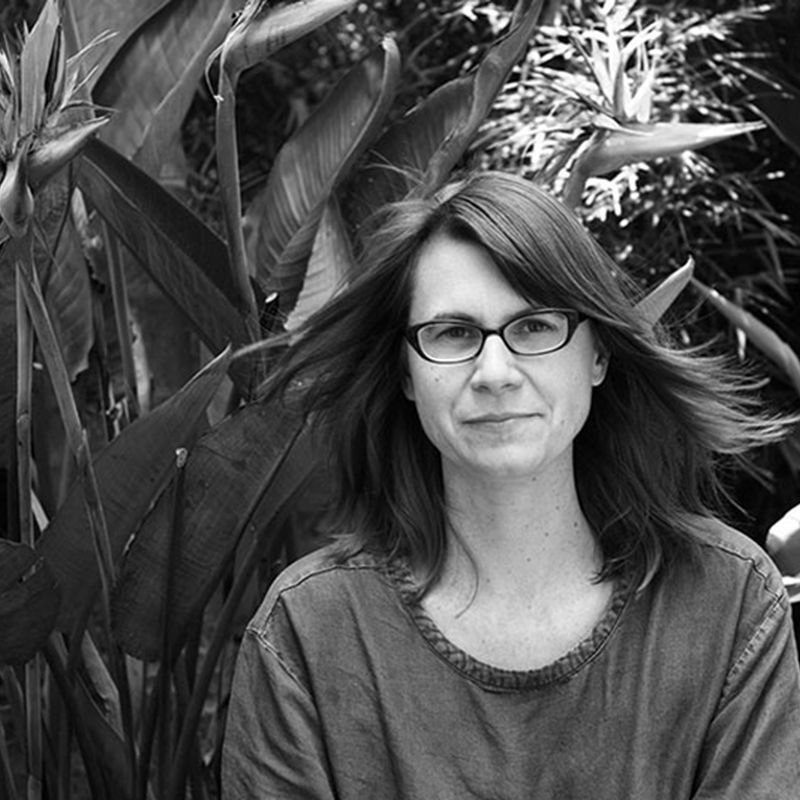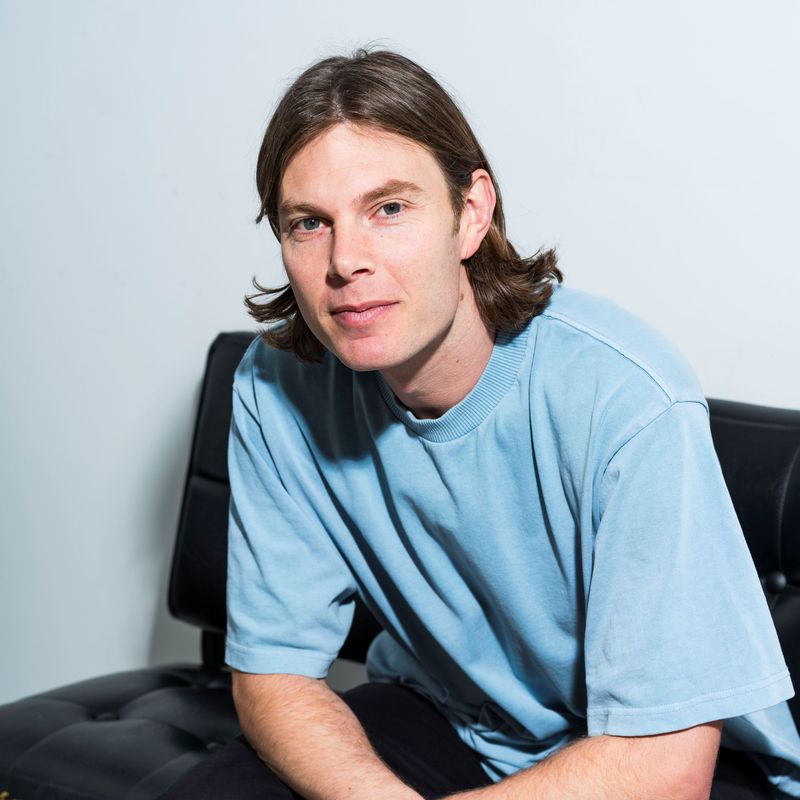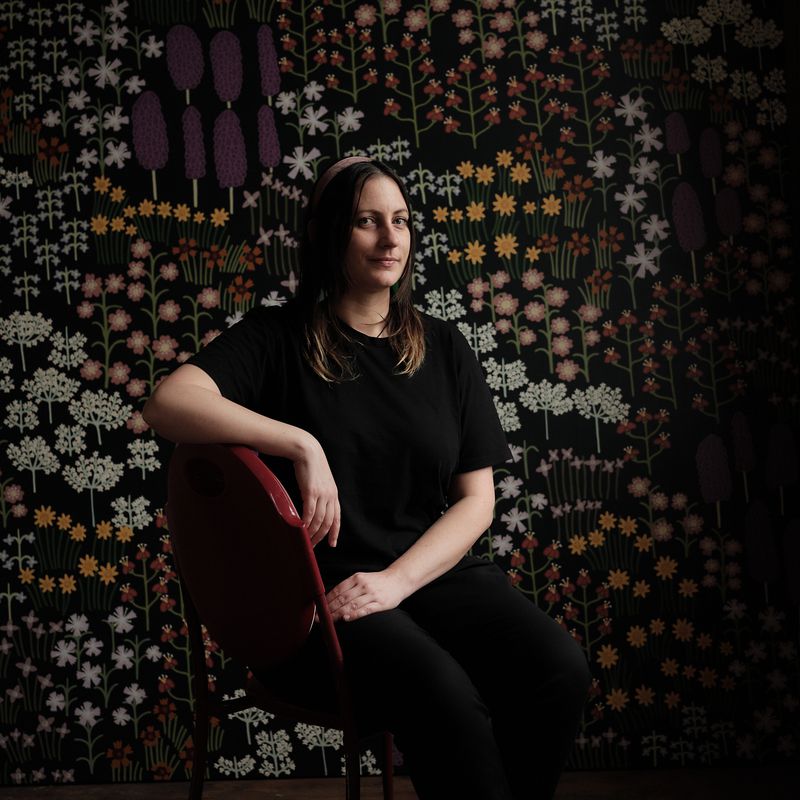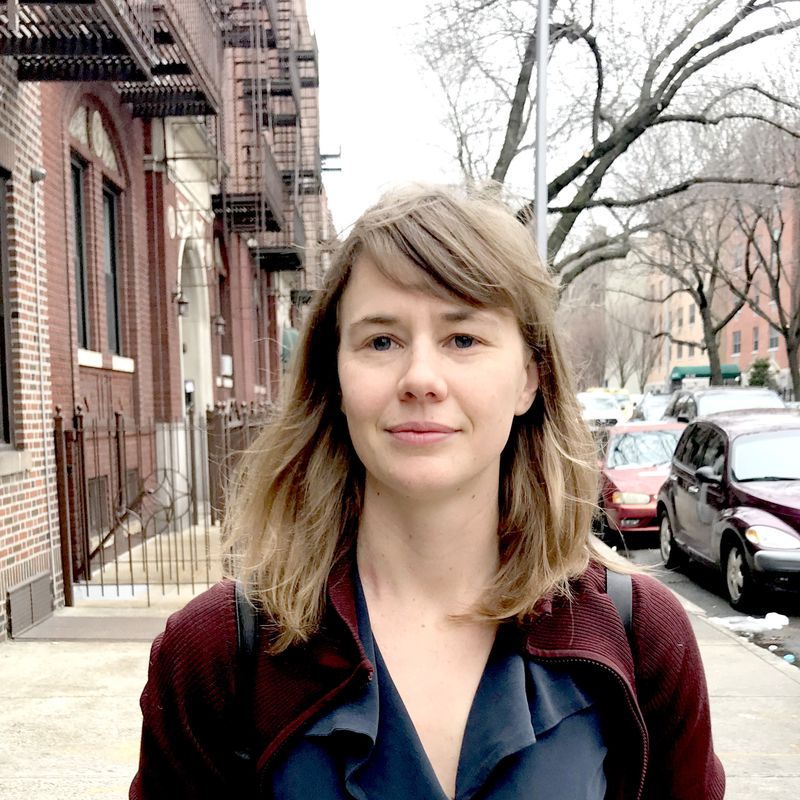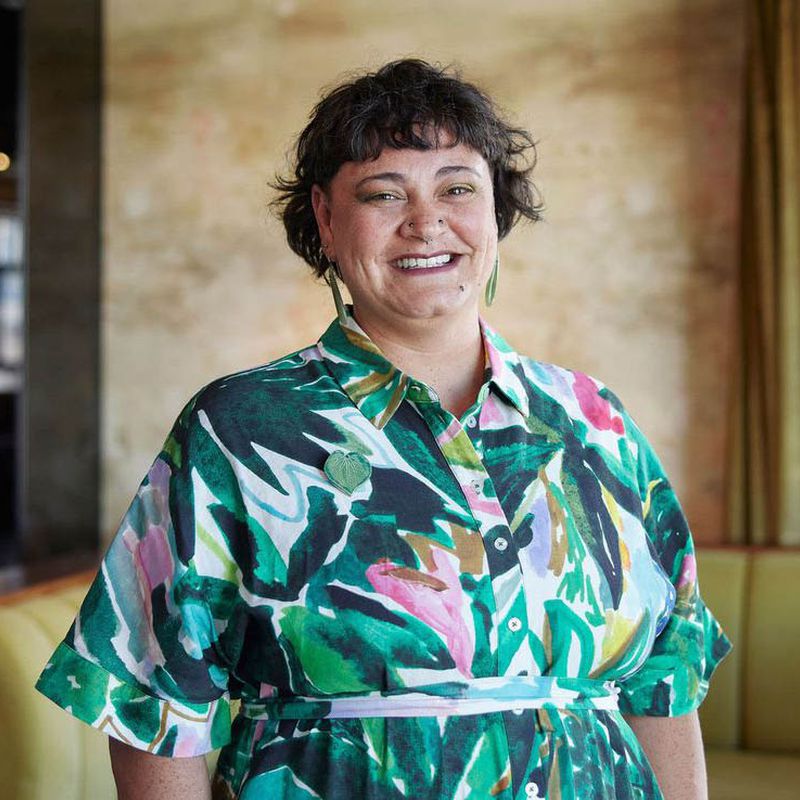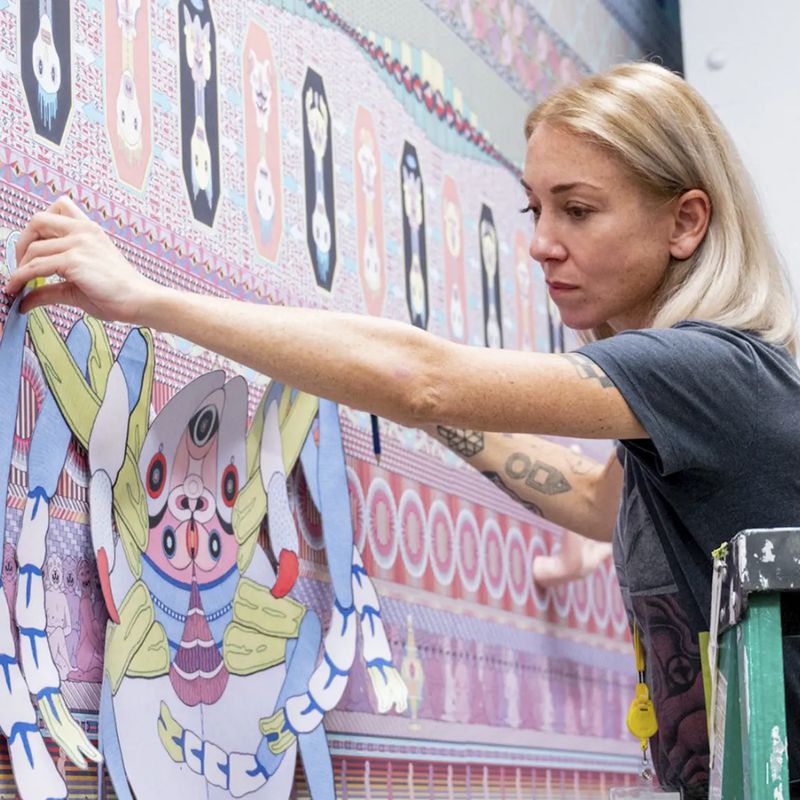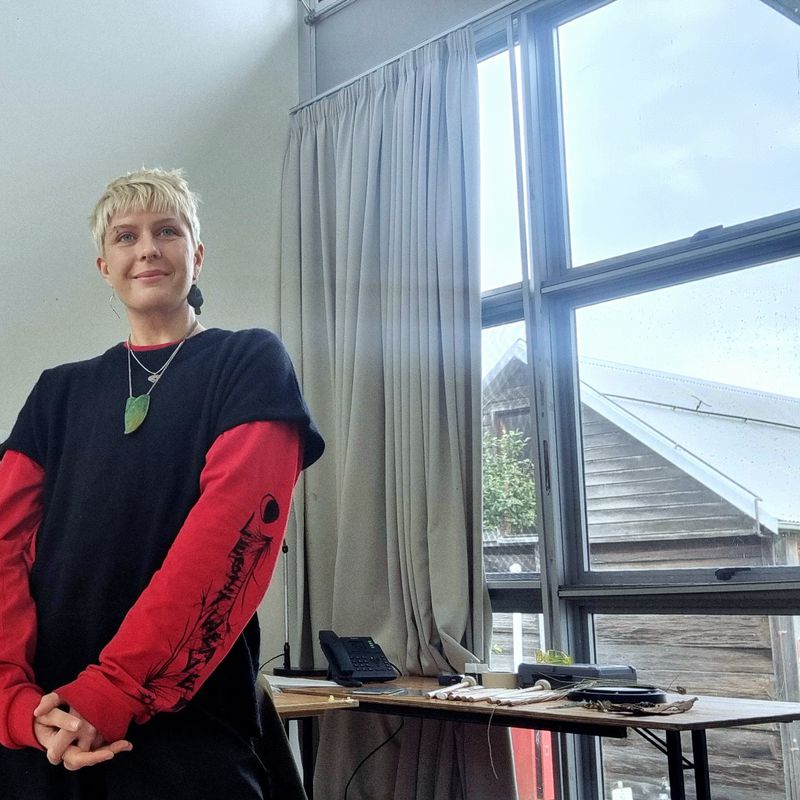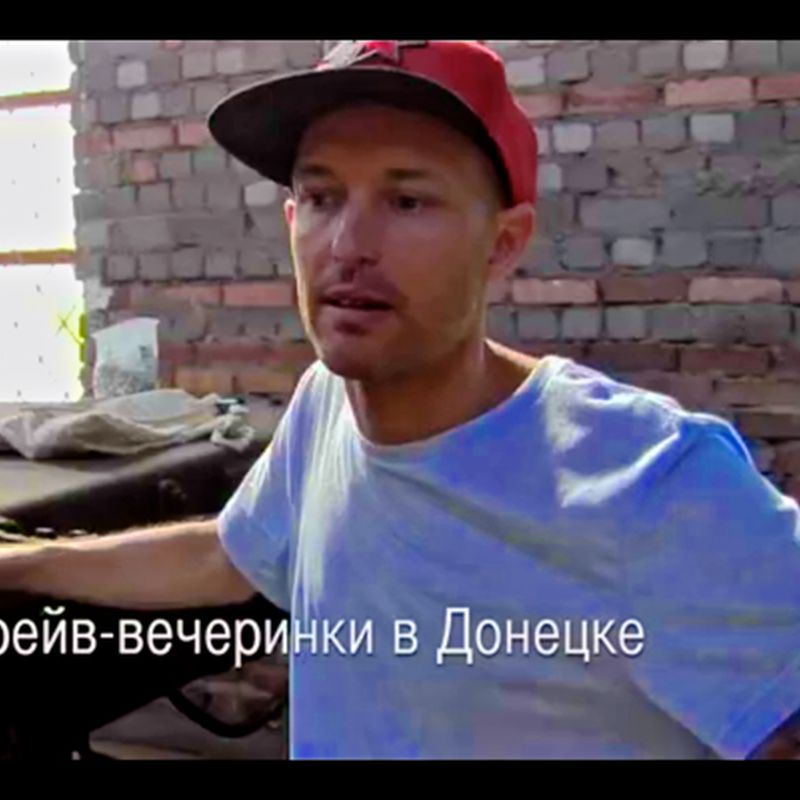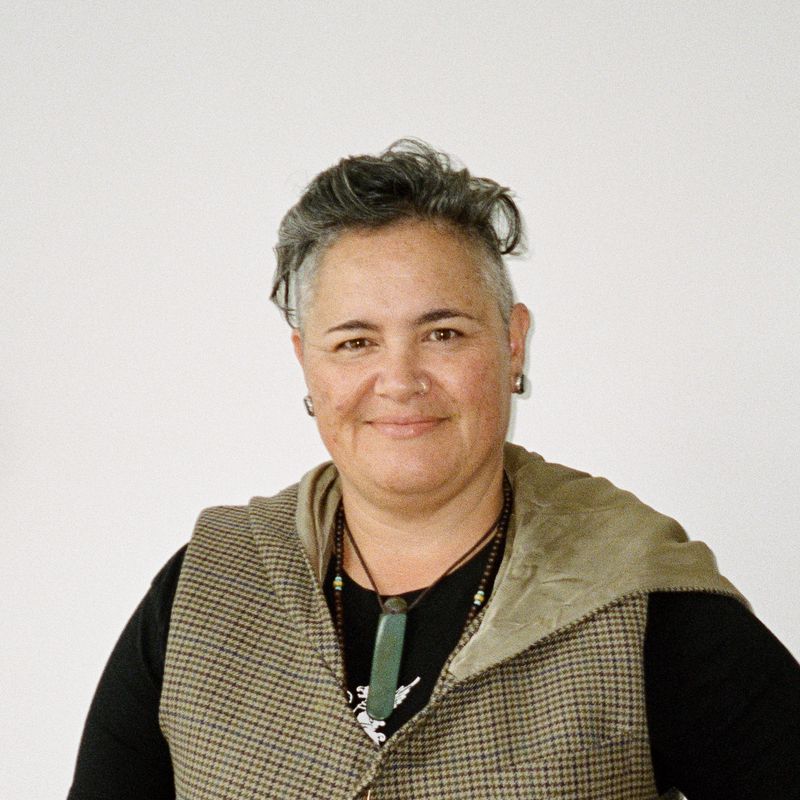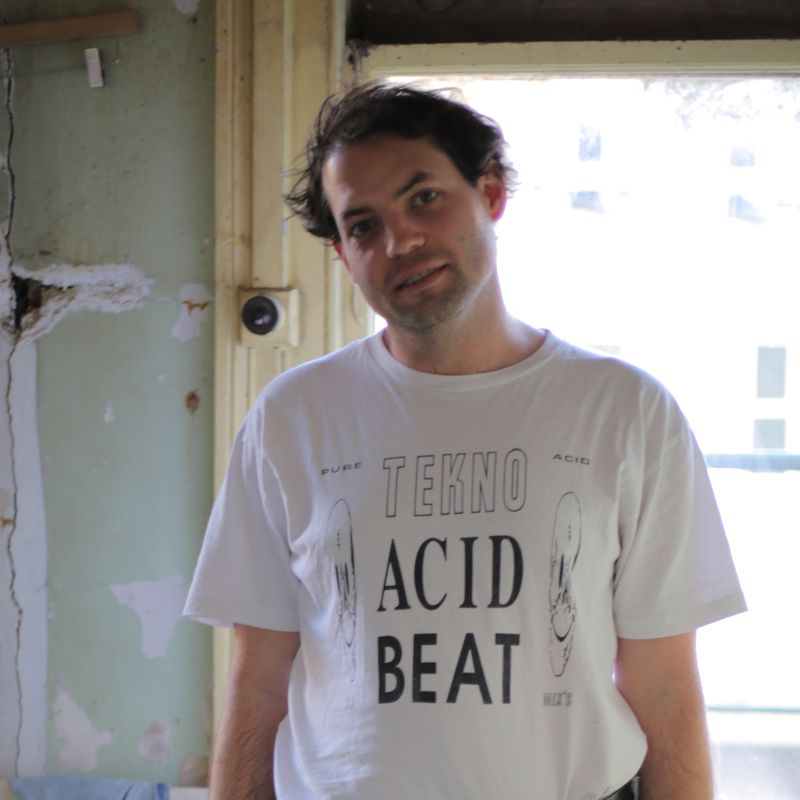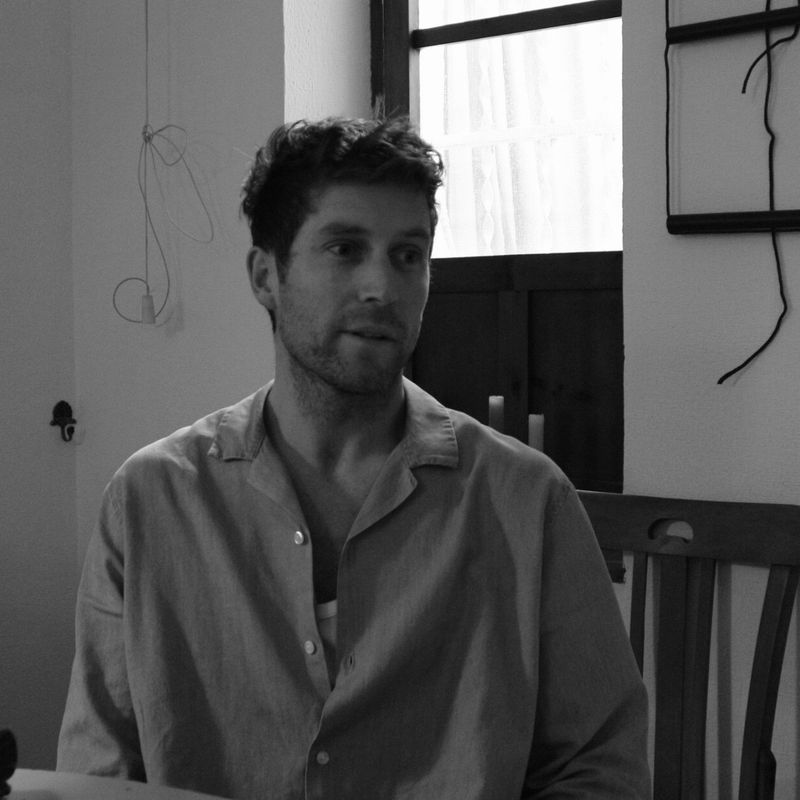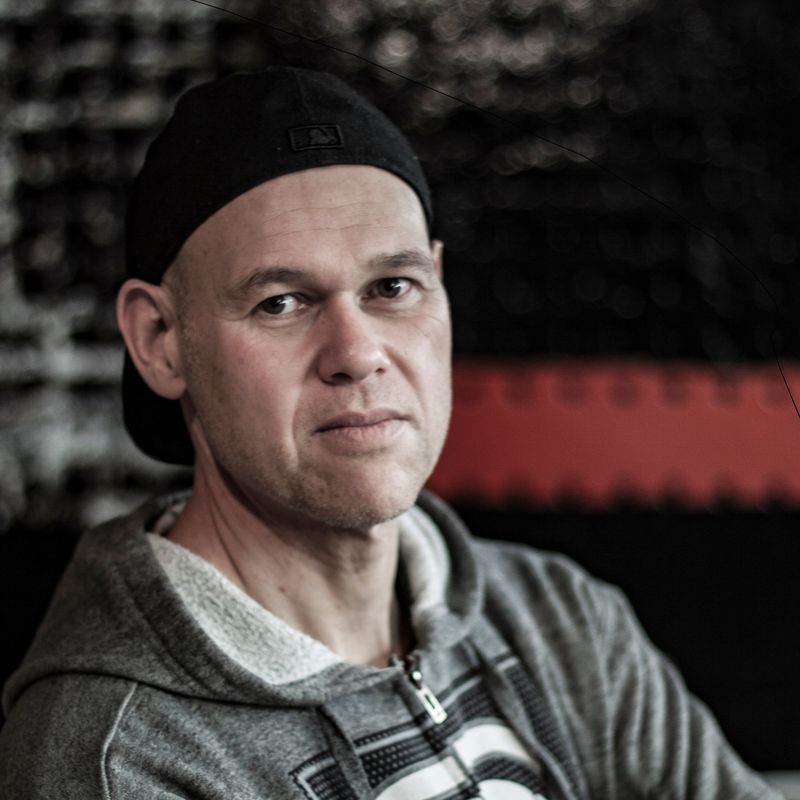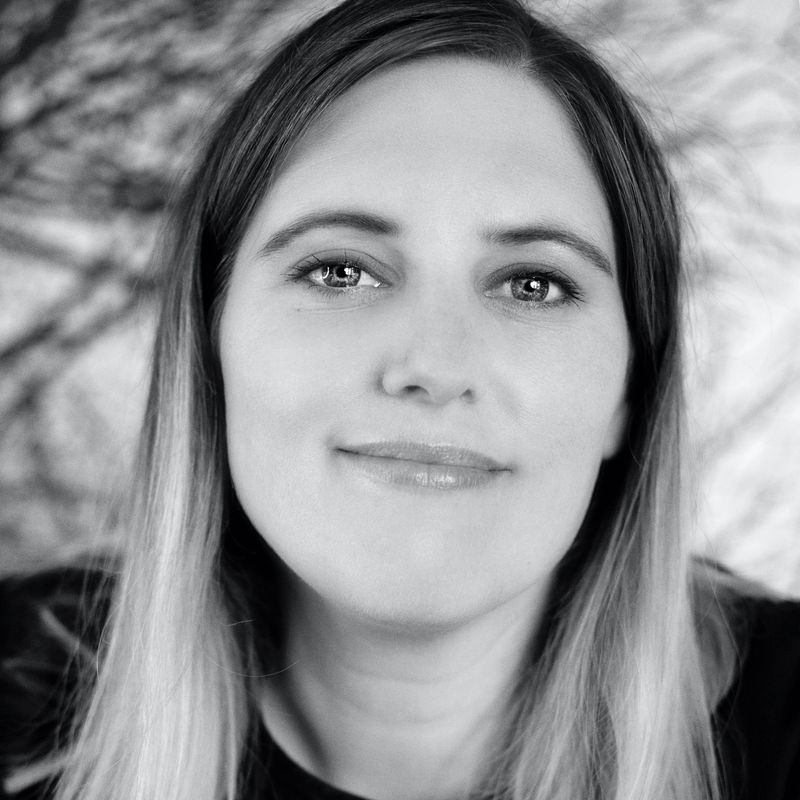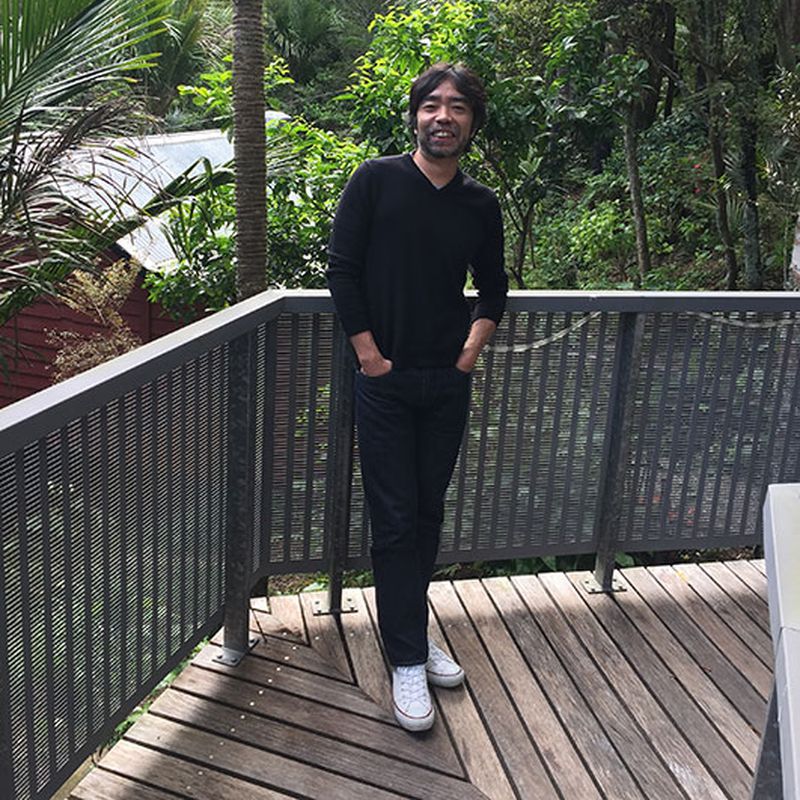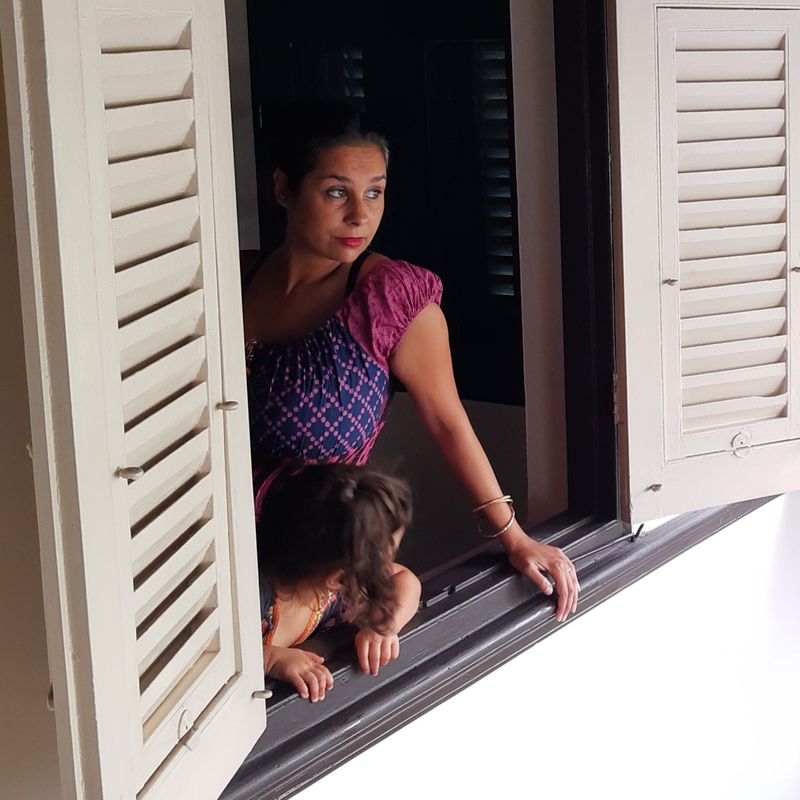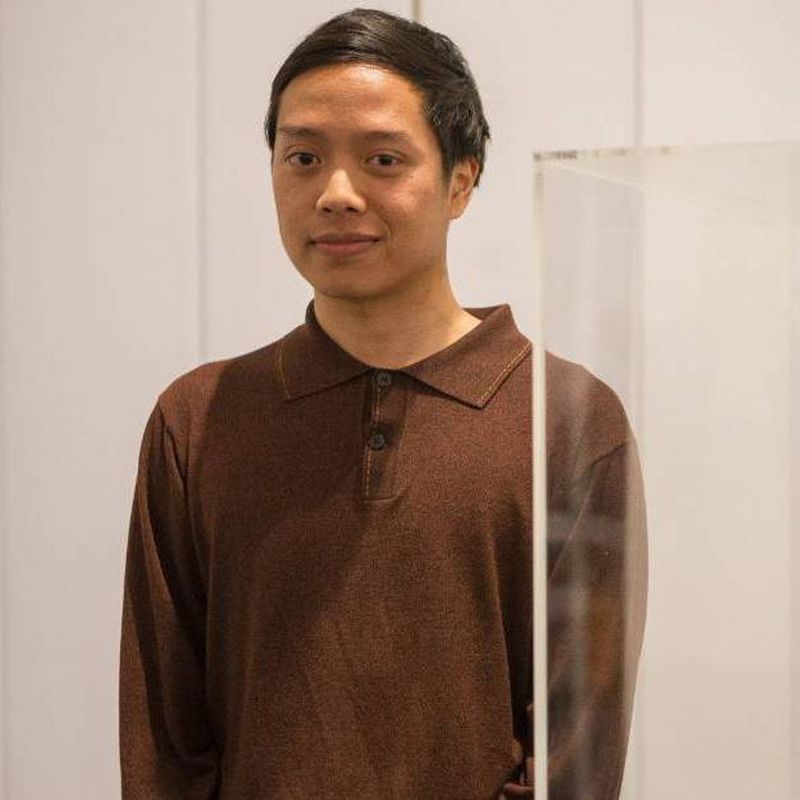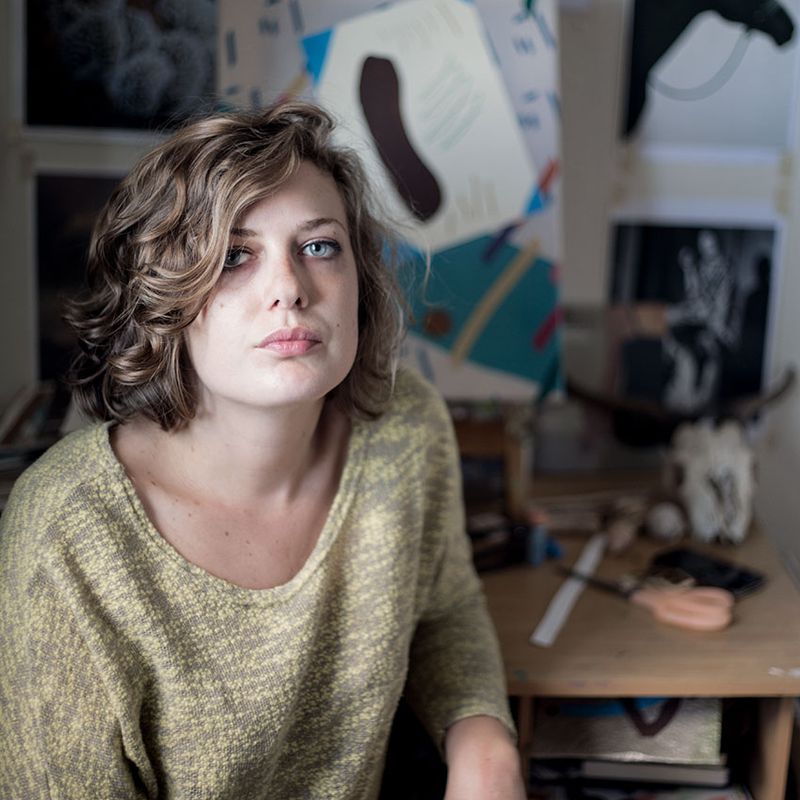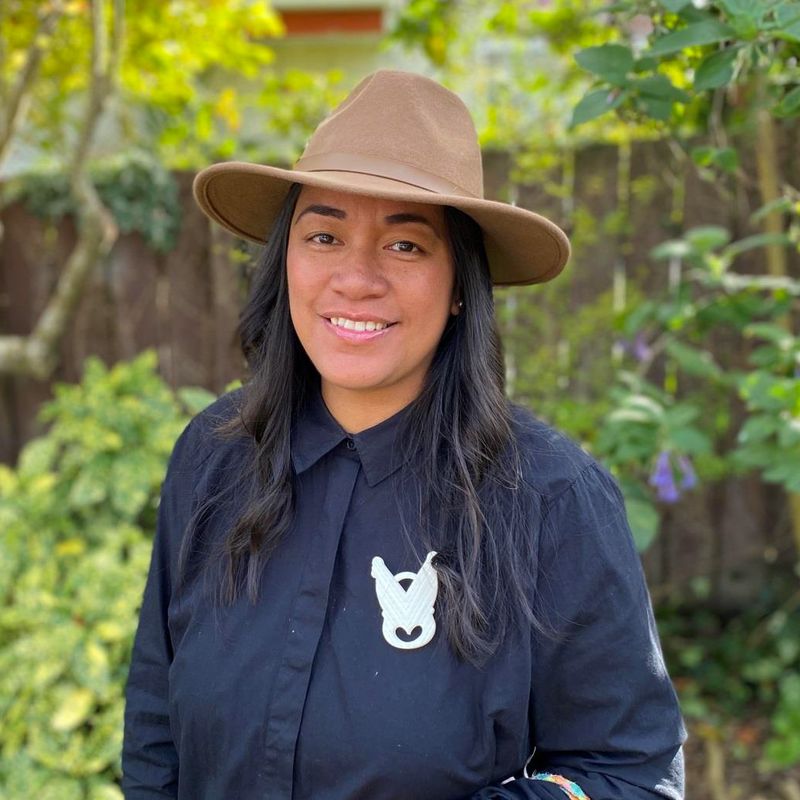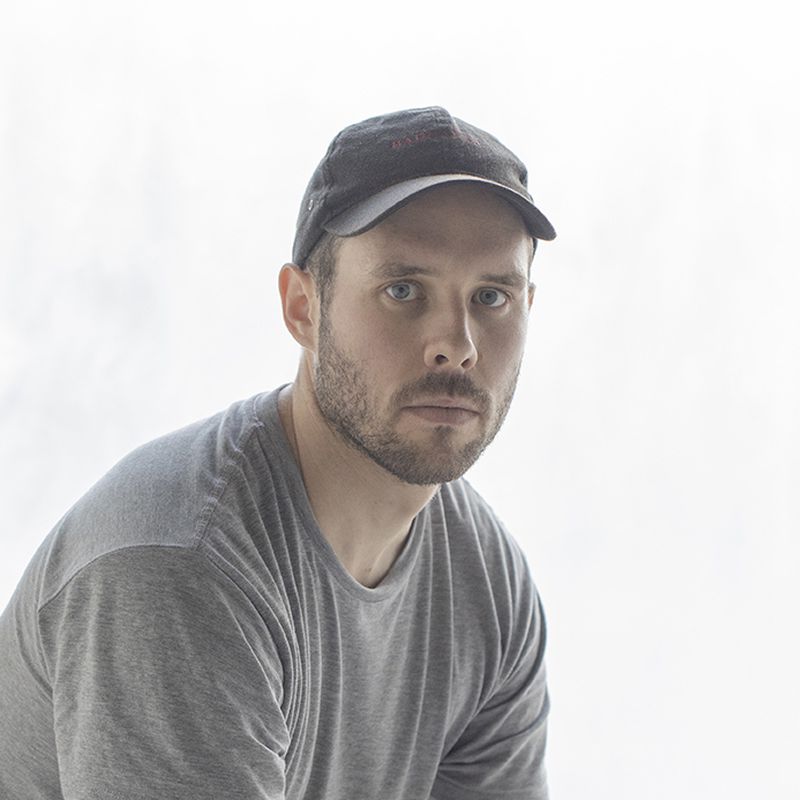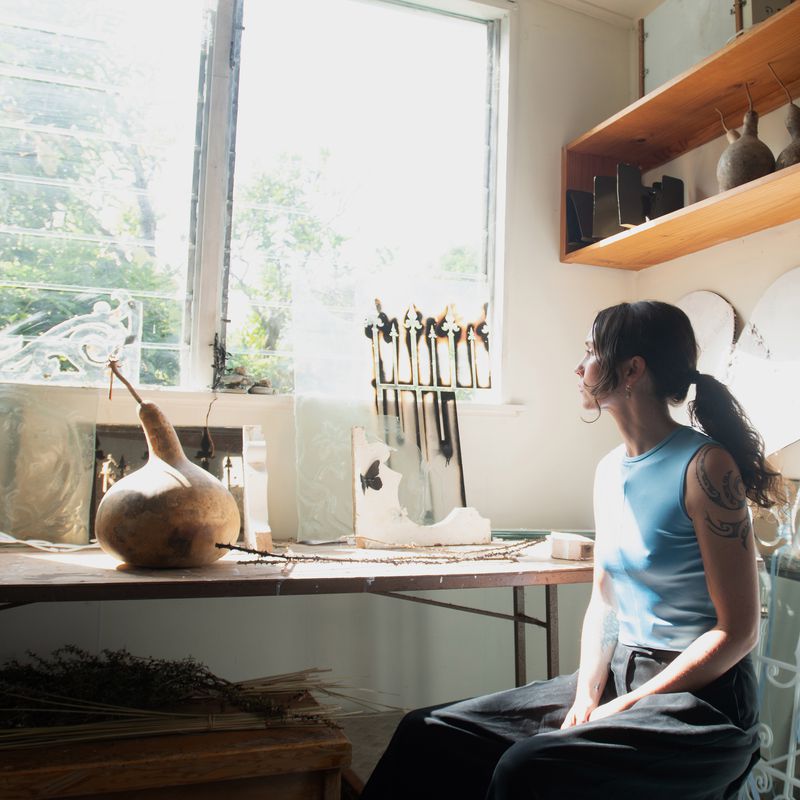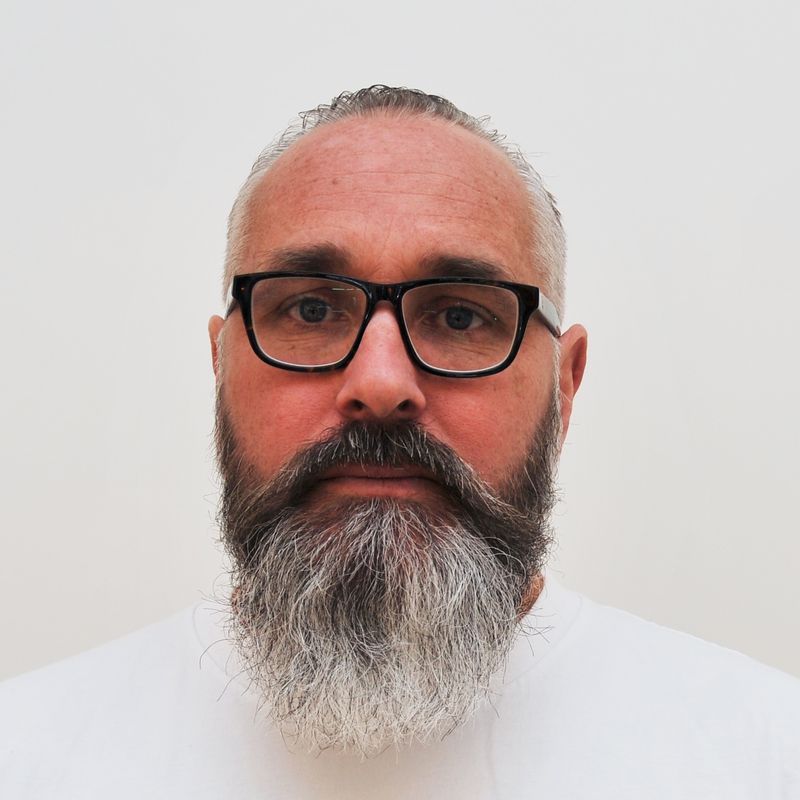ALUMNI WRITING
Writers on alumni artists of our residency programme
A
C
F
G
H
I
J
K
M
P
R
S
T
W
Y
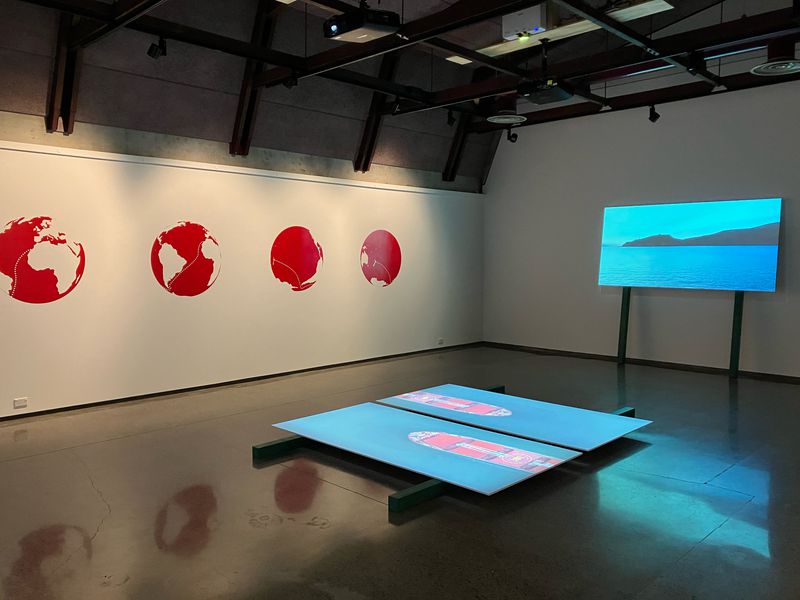
Empty Vessels, Ilam Campus Gallery, Christchurch, 2024.
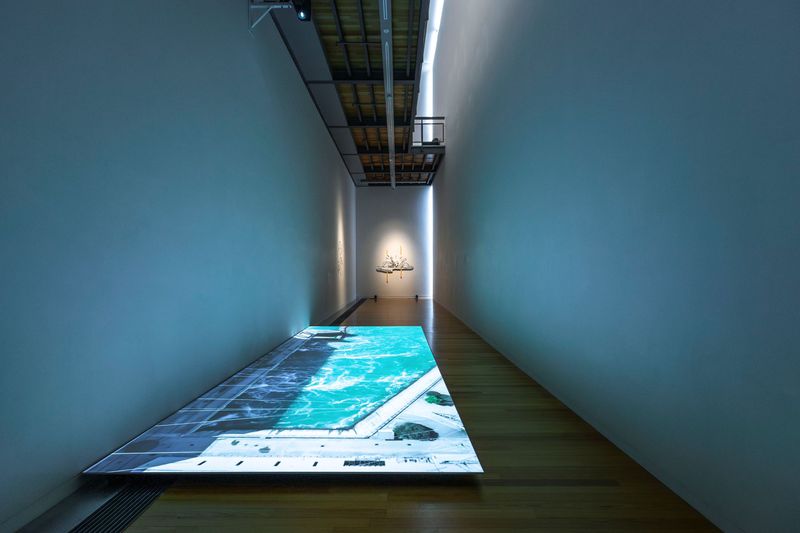
Infrastructure: power, politics and imagination, Installation view, Te Pātaka Toi Adam Art Gallery, Te Herenga Waka, Victoria University of Wellington, 2024. Photo courtesy Te Pātaka Toi Adam Art Gallery.
1.
In the summer of 2022, I followed the Pig Route from Palmerston towards Wānaka with my whānau. I know this drive in my bones. Drifting along State Highway 85, through Ranfurly on towards where it spits you out by Alexandra, I thought about the rapuwai pakiwaitara describing the taniwha Kopuwai, whose spine curves in and around the road, as if threatening to swallow our car. From Alexandra the turns and winds of the road go along past the Clyde Dam.
Built between 1982 and 1993, and commissioned as part of the Third National government’s ‘Think Big’ campaign, it is the second largest hydroelectric dam in Aotearoa, and was designed to generate electricity to manufacture aluminium for export.
On this trip, we stopped at the highest viewing platform and surveyed Lake Dunstan, which was created by flooding orchards and parts of Cromwell to form Lake Dunstan. As a child, I remember watching a documentary on how the Hoover Dam was built, and what it would have been like to risk your life each day as one of the more than 5000 workers. I imagined myself plummeting to my death. Despite the familiarity of Clyde Dam, every time I drive that curvy road, I gasp at the sheer power of these waterways, flowing through this humongous structure. I try to remind myself of the folly of people to think that these bodies of water will remain obedient to their will indefinitely.
We stopped again in Cromwell where Lake Dunstan licks the edges of original and reconstructed buildings in the heritage centre, which was where I encountered Matthew Galloway’s The Power that flows through us (2022). Inside the historic London Stables, Behrens’ and Wisharts’ barns, Matthew presented a God- eye film of a drone cascading across the dam and its interconnected waterways, alongside poetry by Brian Turner. On a palette on the dirt floors were a stack of A3 newspapers, which featured interviews, articles and a multitude of perspectives on water, the building of the Clyde Dam and other ‘Think Big’ proposals, such as the failed Aramoana smelter. Alongside this was a series of flags with reinterpreted political cartoons thinking through the ‘Think Big’ campaign, which included drawn images of then Prime Minister Robert Muldoon. In a voice note, Matthew once told me about his interest in physical infrastructure and described the power generated from the waterways (flowing into and converted into energy by the dam), travelling towards the centre of power in Aotearoa, the Beehive in Pōneke. Power powering power.
2.
In 2025, Matthew undertook the McCahon House Residency,1 with the intention of continuing research into the material outcomes associated with the ‘Think Big’ strategy. This residency came after Matthew finished his doctorate at the University of Auckland Waipapa Taumata Rau, where The Power that flows through us informed these new enquiries. Matthew had access to a studio and set himself to work, researching the Carless days scheme introduced by Muldoon’s government between 1979-1980. It was a petrol demand reduction scheme that coincided with an International oil crisis in 1979. The Iranian Revolution in 1979 led to a huge reduction in available oil in the New Zealand market. Despite active market price controls, local oil prices rose astronomically. In response, Muldoon introduced the ‘Think Big’ strategy, with the goal of making Aotearoa self-sufficient and productive. This was a national-building political programme, designed to diversify the economy and create new primary processing industries, as well as energy projects.
The ‘Carless’ days involved everyone in the country nominating a day in which they would not drive their car. Although you could get special exceptions for instance if you are an essential worker, everyone was required to display a sticker in your window which stated which day of the week you would be Carless. In an exhibition at Gus Fisher in 2024, Eight thousand layers of moments, Matthew exhibited an installation that consisted of Archives New Zealand cardboard boxes and carbon copy facsimile on the floor, with a Ford Cortina windshield affixed to the wall behind the boxes and vinyl sticker sheet also hung limply on the wall. I breezed through this show, sweaty with my daughter on my hip, moaning about getting an ice cream. The only photo on my phone is blurry. What I was most struck by on Tuesday (2024), was a windshield, which was covered in dried moss - marking it with the rhythm of time - and a curious bright red sticker that said ‘Tuesday’.
A motivation for Matthew to apply for the McCahon House Residency was both a recognition that his doctorate was almost complete, but also that the Minister for Energy under the third National government, Bill Birch, was not only still with us, but additionally lives in Tāmaki Makaurau.
Whenever you begin to dip your toes into major political decisions made under Muldoon’s government, Bill Birch’s name appears over and over. Matthew steadily built a relationship with Birch and invited him to collaborate. With Birch telling Matthew that he would, ‘go along on this ride’ with him. Additionally, Matthew unearthed a stack of letters regarding the Carless days scheme; correspondence between the Ministry of Energy to different members of the public discussing different aspects of the Carless days initiative. Each letter was signed by Bill Birch, or by others on his behalf.
Bill Birch sits at a busy desk and reads aloud a series of these letters. Shot front on and over his head, where we see his hands shifting the paper letters as he reads them aloud. I am interested to see how and where Matthew will screen it. While working with Birch, Matthew began to consider their very different political ideologies. In this consideration, he analysed not just the nature of work and power, but how you negotiate working with people who are ideologically so different from you in order to tell a story.
Matthew also made a series of installations using car windscreens, which were marred by time with dried moss and lichen, but also contained a sticker indicating which day of the week that car was not to be driven. Archive New Zealand boxes are used as plinths, to hold the car windscreens, and contain a number of copies of the letters sent from the Ministry of Energy regarding the Carless days initiative. The letters can be read through the car windscreen. The boxes are reproductions of the original boxes, genuine fakes, whereby Matthew approached a company that manufactured these boxes and supplied them to Archives New Zealand and asked them if he could make the same boxes using the same template. The letters themselves are reproductions of reproductions, as the photocopied supply of letters Matthew uncovered at Archives New Zealand are not the original letters.
3.
I recently listened to Marlon Williams'2 album, Te Whare Tīwekaweka. I was in a small town in upstate New York, feeling homesick and, in many ways, intimidated by the amount of important projects Matthew has done, and how I would write about them to form some kind of linear narrative. The thing is, I don’t want to do that. I’d rather speak to ways I can approach thinking about what is important within his practice.
I digress, but damn, there is a real joy in so many of these songs on Williams’ album and all of the music videos are so intimately tied to the landscape of Te wai pounamu. Williams has some whakapapa in Poutini and he also has ties to Ngāi Tai, Moeraki and Kāti Huirapa ki Puketeraki, the latter of which is one of the three hapū who share custodianship of the east coast of Otago, near where Matthew and I lived in Ōtepoti. I did this dive on Matthew’s work while I listened to Williams' beautiful songs on repeat, thinking about our shared ties to places around the motu. I thought of Williams and Matthew living in Ōtautahi between 2010-2011.
Artists and cultural workers who are from Ōtautahi, of a certain age, and who remained there following the devastating earthquakes 2010-11, bore witness to their city completely changed and changing. Many of the places for cultural exchange disappeared. Of this time, Matthew has noted that, “As of March 2015, there is a heap of activity and rebuilding around the city, but for a long time, it was simply a cordoned off 'red zone'. As a result immediately after the earthquake, all of the galleries, gig venues, coffee shops and project spaces—the usual venues for cultural exchange— were either destroyed or out of action.”3 Artists of all kinds mobilised in the years following years, organising spaces in which cultural exchange could continue to take place.
Without speaking out of turn, looking at projects of Matthew’s such as The Silver Bulletin are obviously informed by this experience of growing up, studying and working in Ōtautahi. It seems logical that through this experience Matthew would start to recognise how landscapes are designed. Writing on this project, Matthew articulates the ways in which the bulletin slowly shifted into a “more overtly political project—no doubt spurred on by the inescapably political environment that exists around it. In this way, the body of work became a more purposeful publication, that attempted to serve a greater role than simply operating as my own self-reflective project.”4. Of course, there is an awareness of the fact that ‘Christchurch’ is a constructed landscape and fits into how 'Europeans imagined New Zealand as a garden pasture in which the best elements of British society might grow an ideal nation’.5 In Silver Bulletin issue 7.5, Matthew asks Laura Dunham to respond to an essay he had written about Christchurch Council’s 1988 logo. Dunham writes that, “What Canterbury has faced since September 4th 2010 is a fluctuating environment initiated by nature. Perhaps the subsequent demolition of so much of the region’s built environment is an unconscious attempt to re-impose human governance of the land, ‘art over nature over art,’ even bypassing legally-binding recognition of certain structures with the introduction of CERA6.”
The logo was designed to reflect the ‘Garden city’, with the Ōtākaro (Avon River) leading up to the Christchurch cathedral. In Matthew’s essay, Art Over Nature Over Art, he speaks to the moment 140 years (now 155 years ago), where the Canterbury Association in London decreed that the swirling Canterbury repo would be their new city. “They envisaged its settlement as a transplanted model English community”.7
/
In what felt like a fever dream, I did a 5 hour performance with another artist (Timothy Player) in 2012, in the temporary building that housed the Physics Room. During my deep dive into Matthew’s work, I remembered this moment.
Asked in 2012 to design a new visual identity for the Physics Room’s temporary space, Matthew designed a typeface without curves, only straight lines. This reflected the space’s inbetweenness at that time, and was used on a series of exhibitions for that year.
Years later, Matthew would design a poster for an exhibition I curated in 2014 called iD2K16 at the Blue Oyster Art Project Space. I found it recently, and put it up in my studio.
4.
I tend to spend a lot of time thinking about the amount of water data centres and AI use, and how words like ‘privacy’ and ‘protect’ fit within the discourse of surveillance. The need to ‘protect’ our ‘privacy’ becomes just another site for capitalist exploitation. ‘Privacy’ becomes labour and reveals the illusion of agency we have when it comes to so many of the technologies we use everyday. In a talk Matthew did earlier this year at Elam, he was asked about the choice to use drone footage in an age of mass surveillance. In this context it is a question worth asking. When I thought through this question for myself, I considered the fact that as I write these words someone is collecting data from me, a process powered by large data centres where some consume the equivalent water use of a town populated by 10,000 to 50,000 people. I also remembered a dream I had had staying at an ex-boyfriend's family crib in Twizel many years earlier where I dreamt I was a Pouākai (Haast eagle). I reimagined myself as this giant bird with a three metre wing span, looking down on Clyde Dam.
When I asked Matthew about using a drone, he reminded me of the difficulty ordinary people have in order to access or even understand the way these spaces work. Clyde Dam is owned and operated by Contact Energy, a private company. The New Zealand government currently owns a 51 percent share in three of the four major power providers in Aotearoa. Learning this was a reminder of our capacity to utilise the tools of technology towards counter surveillance and, simultaneously, the ubiquity of surveillance technologies.. The feeling of privacy we enjoy is an affective one. But by engaging with that network more intently, more of our life is given to the owners of the networks.8 Our9 Much of this data is pulled from our lived experience, our behavioural preferences then computed into highly profitable products that are designed to anticipate our choices as consumers. This data is sold to companies without our consent.
I wonder what Matthew thinks of AI.
In his show Watch History at Sumer gallery earlier this year, Matthew displayed seventy iPhone 16 handsets strewn across a large modular sofa. On the screen of each was a caption, a screenshot, which is black. Some are dialogue or audio descriptions taken from Netflix, stripped of context thanks to the anti-privacy controls built into the Netflix app. The captions signal not just Matthew’s viewing habits, but that of his family’s too, and therefore the texts vary wildly. The modular sofa, known as the Camaleonda sofa, is bulbous, but versatile, and was designed in 1970 by Mario Bellini for B&B Italia. When designing the Camaleonda, Bellini considered words that could describe the shape and function of this sofa and combined the Italian words “camaleonte” (chameleon) and “onda” (wave). I laughed when I learnt that the ones used in Watch History were from a design store called ‘Matisse’. The regal green Camaleonda has an infinite number of ways in which it can be reconfigured and is accompanied by a number of stair-like plinths, where the phones are also left, as though forgotten on the way out of the house.
The iPhones seem discarded and alienated from their relation to our bodies, to our hands, but form what could be read as an incongruous poem or a modern Dadaist approach to language and technology. Tied together with the Camaleonda, I started to think about Mamoru Oshii’s iconic 1995 anime, Ghost in the Shell, which ruminates on the idea of the singularity hypothesis, or the suggestion that in the near future technological development will accelerate so fast that it cannot be controlled or reversed. Perhaps this is an ominous reading of the work, and reflects my own anxieties.
/
Within the philosopher Walter Benjamin’s materialist theory of art, our relation to aesthetic experience has been shaped by mechanical reproduction, not just in our present, but throughout history. In his seminal essay, The work of art at the age of mechanical reproductions, Benjamin proposes that mechanical reproduction diminishes the aura or uniqueness of an ‘original’ work of art. Writing during the rise of fascism in Germany, which he fled in 1932, before publishing the book in 1936 in France, Benjamin also warned of how art became designed more and more with reproducibility. Within the absence of an aura, the mechanically produced artwork is free of “...being based on ritual, it begins to be based on another practice—politics."10 Unlike a work which is “original”, these artworks have mobility and can be experienced in a number of ways. An aestheticisation of politics is not what Matthew’s work is doing, but he instead has taken two approaches to Benjamin’s work, with the first being seizing the means of (re)production (a printing press for instance) in order to realise the potential of multiple, whether that is a series of phones or huge stack of printed newspapers. The work of art has always been reproducible and through its reproduction it is democratised. This ability to replicate - its democratisation - has consequences in that the culture industry exploits art as a commodity, but Matthew understands that this is always by design and doesn’t limit the political potential of a number of technologies we encounter in our lives in his making practice.11 The paradox is always that the new media we engage with promotes a classlessness through its mass appeal, but class always re-establishes itself, because social mobility has become more and more performed. Although, only a privileged few can afford to keep up with the technological trends in which culture manifests itself.12
The second approach, not unlike Benjamin, is that for Matthew art is inherently political. Through his practice, Matthew also utilises Benjamin’s understanding of the potential for history to be undone or reconstituted. In On the concept of history, Benjamin imagines an angel in Paul Klee’s Angelus Novus (1920) (a drawing Benjamin owned) as a critique against the notion that history is inherently progressive and beneficial. Benjamin argues that the boundaries between private and public, between individual experience and the social world, exist only in order to be trespassed. Klee’s angel reminds us that although ‘progress’ is often achieved through suffering and destruction, memory offers us the potential for redemption within history, as the angel’s backwards gaze is a call to learn from the past. Or as the whakataukī, Ka mua, Ka muri, suggests we need to walk backwards into the future in order to learn the lessons of the past. Or as Benjamin wrote in Theses on the Philosophy of History, “To articulate the past historically does not mean to recognize it “the way it really was”... It means to seize hold of a memory as it flashes up at a moment of danger. Historical materialism wishes to retain that image of the past which unexpectedly appears to man singled out by history at a moment of danger.”13
Matthew’s work pays heed to the past to understand the present and glimpse what the future might unfurl.
5.
One thing I found interesting about Matthew is that this residency was the first time he had had a dedicated working studio. Partially I think this is down to his training within design, but also in the research he carries out. When reading Matthew’s PhD, I referred over and over again to his writing around design as a process of world making, as articulated by Arturo Escobar, who also expresses the idea that we are designed by what we design as subjects. Design is an act of prefiguration, of imagination, in that you have to imagine how a material outcome will operate in the world, before its outcome is materialised. This forms a linking bridge between all of Matthew’s projects; the ways in which we understand design as an act of imagination and as a tool to reimagine the world. Prefiguration is the practice of realising imaginaries of radically alternative futures in design, but also in every kind of socially engaged practice. It is as Angela Davis said, “You have to act as if it were possible to radically transform the world. And you have to do it all the time.”14
6.
One of Matthew’s most important bodies of work is the series of videos, publications, exhibitions and collaborations he undertook that investigated the movement of ships carrying phosphate, from Western Sahara to the Otago Peninsula. The Ground Swallows you was a series of iterations that included sculpture, film, and numerous publications. When I asked about what drew him to this research, he told me about his children noticing the large ships coming in and out of the Otago harbour. They asked Matthew what they were. Matthew started to research not realising the scope of what he would uncover.
In 1900, phosphorus was found in Banaba by an Australian born New Zealander, Albert Elis, who worked quickly to make an ‘agreement’ with the Indigenous Te Aka people whereby his private company, Pacific Phosphate Company Ltd, could mine the island for a period of 999 years at a cost of 50 pounds per year. This environmental catastrophe in both Banaba, Nauru and Christmas Island after 1920 was facilitated by the British Phosphate Commission (BPC). The BPC board consisted of Australian, British, and New Zealand representatives who managed extraction of phosphate until the 1980s. We now use phosphorus from Western Sahara, a former Spanish colony annexed by Morocco in 1975, leading to the long-running occupation by Moroccan forces and clashes with the Indigenous Sahrawi people, led by the Polisario front. Aotearoa is the world’s only purchaser of phosphate from Western Sahara, where conflict over phosphate has led to the proliferation of war.
/
In Luleå in Sapmi (“Sweden”) I met and befriended Mohamed Sleiman Labat, a poet and artist, Indigenous to Western Sahara and displaced by the Moroccan occupation. In a collaboration with Pekka Niskanen, called PhosFATE as part of the Luleå Biennial in Boden, Kiruna, Luleå and Messaure in Sapmi in 2024. In this project, both artists considered the impacts of phosphate on two disparate landscapes: the Baltic region and the Sahrawi Refugee camps in the Hamada Desert. Included in this exhibition was both a portable community art tent, gardens grown in sand, and a documentary film shot in the Sahrawi refugee camps, in Algeria. The film looks at the story of phosphate and growing food in the desert, weaving together multiple narratives about sand particles, plants, human and mineral displacement.15
When talking to Mohamed, he asked me about Matthew. Together, their work was shown at Te Tuhi in 2022. In different ways, both artists spoke to the histories of Aotearoa’s reliance on phosphate rock from Western Sahara. In their exhibition text, they wrote, “[t]he desert is not just some brown sand; sand particles travel across the seas and oceans. When you see it, it simply looks like some dust falling on plants. But that brown dust is the secret to the greenery. We don’t know how it works, but they say the dust carries phosphorus particles, and it fertilises the forests and plains where it falls. Everything has a role in this life, no matter how small and dusty, even when it feels frustrating at times like this brown sand and the dust particles. It is an important role; one that the trees in the forest are waiting for, as well as the green plains.”16
/
Ravensdown is a fertiliser plant in Ravensbourne, Ōtepoti, which is also contributing to the displacement of Indigenous people on the other side of the world: the people of occupied Western Sahara. In 2020 or 2021, I attended a meeting in Ōtepoti where Matthew was present, alongside other activists. In the meeting various people reflected upon these histories of extraction and displacement, but also both how best to support West Saharans and what further actions could be taken. In November 2020 a ground of protesters in Ōtepoti, condemned both Ravensdown and Ballance Agri-Nutrients, composed of members belonging to some of the last companies still importing phosphate rock from occupied Western Sahara.
In November 2016, Matthew travelled to a Sahrawi Refugee Camps in Tindouf, Algeria, as a participant in ARTifariti, AFTER THE FUTURE: Art and Human Rights Meeting. There he exhibited a new work, As Time Goes By, for presentation in a public square inside the refugee camps. Matthew writes of the sad poetic irony, “...disputed earth, transported to the opposite side of the world, to make our soil more fertile, productive, valuable.”17
I have never spoken to Matthew about this experience, but I am sure that it was transformative and working with Mohamed enriched his commitment to his practice in ways I am sure he is still understanding.
/
I think Matthew’s work is special because it requires an excavation of our past in order to understand the future, and because it imagines different outcomes for that future for our children. It is gentle, elegant, considerate, deeply and carefully researched and multifaceted. Frankly, I am so excited to see what work he makes in the years to come.
1 EARLY OCTOBER: Thrice I have asked Matthew if he had seen the spirit or presence of Colin McCahon, but he has given me no answer. UPDATE: Not something he deliberately thought about, because that is quite spooky.
2 Williams is based in Lyttleton in Whakaraupō port on the Banks Peninsula.
3 Matthew Galloway, “The Silver Bulletin 2011”, Matthew Galloway, http://matthew-galloway.co.nz/projects/the-silver-bulletin-2011
4 Matthew Galloway, “The Silver Bulletin 2012”, Matthew Galloway, http://matthew-galloway.co.nz/projects/the-silver-bulletin
5 Geoff Park, Ngā Ururoa: The Groves of Life Ecology and History in a New Zealand Landscape. (Victoria University Press: Wellington, New Zealand, 1995), 17
6 CERA stands for the Christchurch Earthquake Recovery Authority was the public service department of New Zealand charged with coordinating the rebuild of Christchurch. It disbanded in 2016.
7 Matthew Galloway, “Art over Nature over Art”, The Silver Bulletin 2012, http://matthew-galloway.co.nz/articles/a-kind-of-transmutation
8 Rob Horning, “Affective privacy and surveillance”, The New Enquiry, April 30, 2013, https://thenewinquiry.com/blog/affective-privacy-and-surveillance/
9 Ibid.
10 Walter Benjamin, “The Work of Art in the Age of Mechanical Reproduction”, Illuminations. (Fontana Press: London, 1973), 226.
11 Benedict Clarke, “Benjamin and the Politics of De-auraticisation”, Constellations. University of Warwick: 2011, https://warwick.ac.uk/fac/arts/english/constellations/benjamin_deauraticisation/
12 Ibid
13 Theses on the Philosophy of History’ in Illuminations ed. Hannnah Arendt trans. Harry Zohn. (Fontana/William Collins Sons & Co Ltd: London, 1970), 257.
14 Angela Davis, live at Southern Illinois University Carbondale on 13 February 2014, Q&A post lecture as noted by Dr Jonathan Flowers
15 “PhosFATE”, Lulea Biennale, https://www.luleabiennalen.se/en/2024/participants/phosfate
16 Matthew Galloway & Mohamed Sleiman Labat: Endless, https://tetuhi.art/exhibition/matthew-galloway-mohamed-sleiman-labat-endless/
17 Matthew Galloway, “In the Desert, with peace”, The Ground Swallows you Part II, 2017, http://matthew-galloway.co.nz/articles/in-the-desert-with-peace
